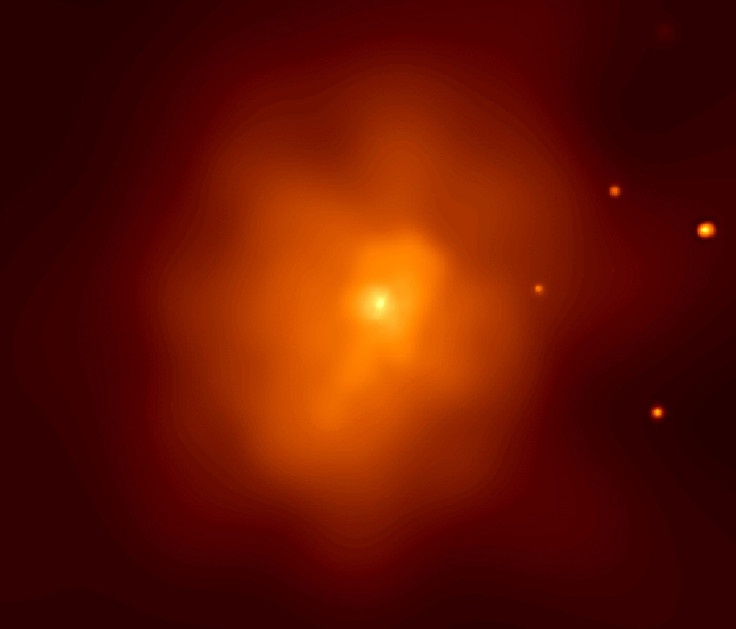Massive 'Wall' Of Galaxies Stretching 1.37 Billion Light-Years Discovered By Researchers

KEY POINTS
- Researchers discovered a massive structure composed of galaxy clusters
- The South Pole Wall is the biggest structure near the Milky Way
- Researchers believe the actual size of the South Pole Wall might be bigger
A team of researchers discovered the largest cosmic structure near the Milky Way Galaxy. The structure, which is composed of a web of galaxies, measures more than a billion light-years from end to end.
The researchers made their discovery while using Cosmicflows-3, a database that keeps track of the distance calculations of about 18,000 galaxies. They presented their findings in a new study published in the Astrophysical Journal.
The structure that the researchers discovered is a collection of galaxy clusters that are bound together by gravitational forces. The structure, which the researchers named the South Pole Wall, spans about 1.37 billion light-years from one end to the other.
Due to its size, the researchers regarded the South Pole Wall as one of the largest known cosmic structures. Currently, the biggest known structure is the Hercules-Corona Borealis Great Wall, which measures about 9.7 billion light-years wide.
Although the South Pole Wall is significantly smaller than the Hercules-Corona Borealis Great Wall and other structures in space, it is the closest one to Milky Way. This means that the South Pole Wall is the largest cosmic structure discovered near the galaxy.
Despite its massive size and proximity to Milky Way, the South Pole Wall was only discovered recently because it was hidden behind the Zone of Avoidance. This is a region filled with thick and bright clouds of dust, gas and stars. Due to its thickness, it tends to obscure cosmic objects behind it.
By using the Cosmicflows-3, the researchers were able to keep track of the movements of galaxies behind the Zone of Avoidance. This allowed them to create a three-dimensional map of the materials within the South Pole Wall.
Although the researchers were able to provide a theoretical map of the massive cosmic structure, they noted that it does not automatically mean they have determined the exact size of the South Pole Wall. They believe that further studies and mapping projects of the entire universe would provide more accurate information regarding the actual size of the cosmic structure.
“We will not be certain of its full extent, nor whether it is unusual, until we map the universe on a significantly grander scale,” the researchers wrote in their study.
© Copyright IBTimes 2025. All rights reserved.





















